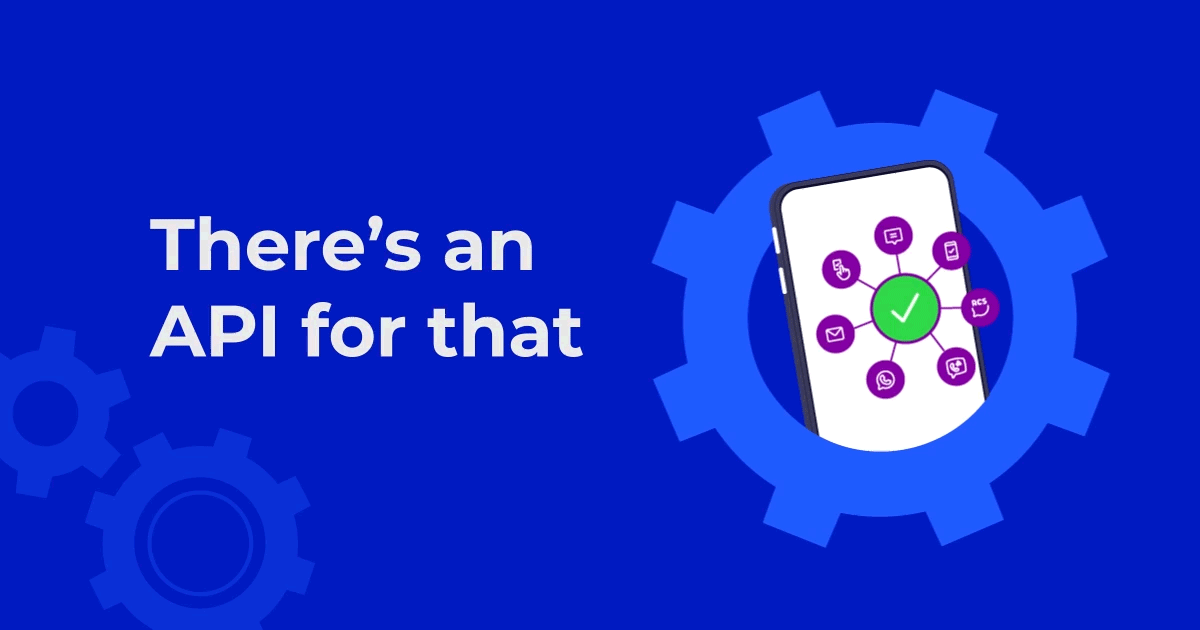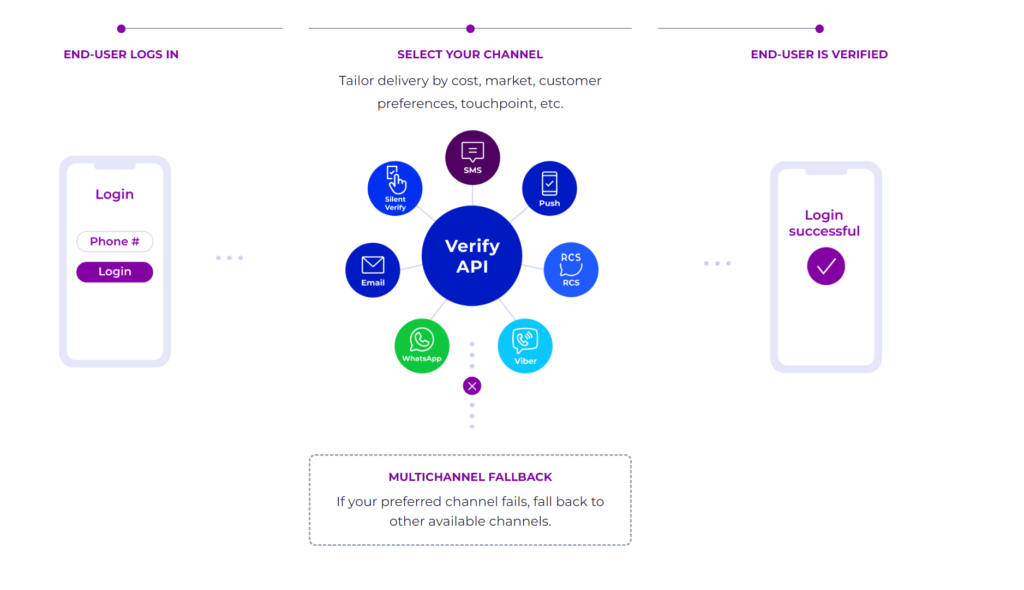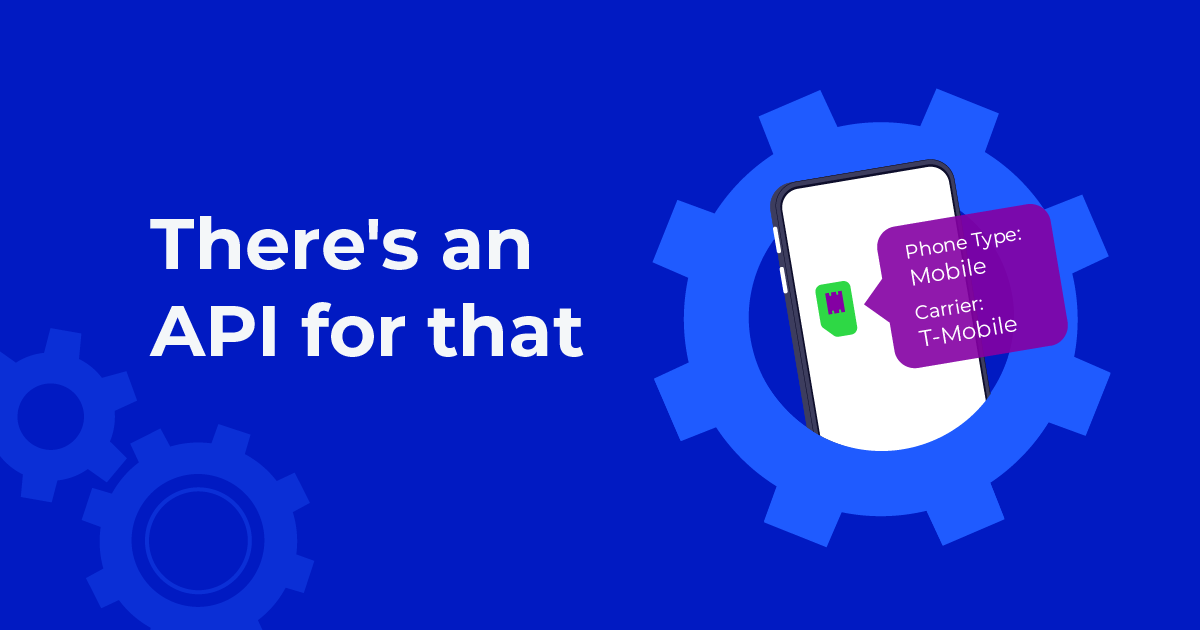
As businesses expand their digital presence, ensuring seamless authentication methods to protect user data and maintain trust becomes increasingly crucial. While SMS is expected to remain the global authentication standard, you need to be prepared for the introduction of additional, more secure verification channels. In this API series blog article, you’ll learn how the Telesign Verify API can help you scale to new channels with minimal development resources.
Authenticate across seven channels using a single API
Verify API gives you access to all Telesign’s verification channels in a single API: SMS, Silent Verification, Push, Email, WhatsApp, Viber, and RCS. There’s a significant advantage for developers using unified verification channels as they can easily add new channels without any additional integration work.
Tailor delivery based on your priorities
Customize your routing decisions based on cost, market, or customer preference with Verify API dynamic routing. For example, you can use a less expensive verification channel like RCS in one country while prioritizing customer preferences in another.
Protect against delivery failures with multichannel fallback
Mitigate the effects of failed deliveries and channel downtime with the Verify API global fallback capability. Transactions can fall back to other available channels if verification through your preferred channel is unsuccessful.
How Verify API works

Try it and learn more through developer resources
Contact a Telesign expert to try Verify API for yourself.
Make sure to visit the Telesign Developer Center to learn about our APIs and quickly access documentation, GitHub repositories, and other technical resources.
Check out what else our APIs can do to help your business combat fraud and engage customers with our “There’s an API for that!” blog series:



